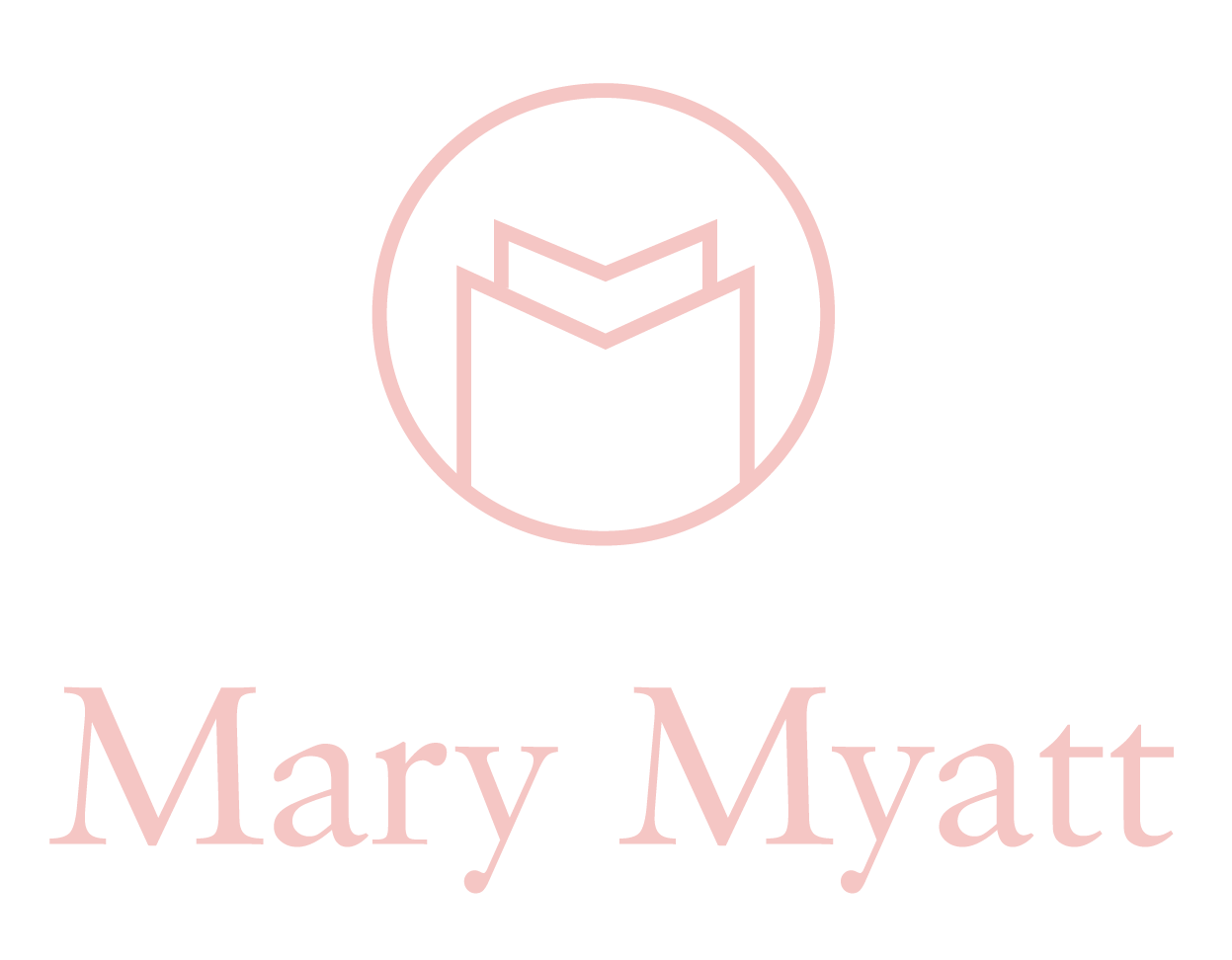Walking the talk
‘Writing floats on a sea of talk’ - James Britton
Why do we privilege writing about everything else? It’s odd that high quality talk in classrooms is often regarded as an optional extra, something quite nice to do, rather than an entitlement for all pupils. Why, as a sector, do we think written outcomes matter more than talk? High quality talk, and its twin, listening, underpins reading and writing. And yet in too many classrooms, it’s something that is just assumed will happen, without being explicitly taught.
As Beccy Earnshaw, CEO of Voice 21[1] argues, ‘pupils’ oracy skills are too often left to chance. Classroom talk is an unstructured break in a lesson rather than a fundamental and integral part of teaching and learning. Students are rarely given feedback on the quality of their verbal contributions; teachers don’t plan the purpose of a discussion item; and neither pupil nor teacher has a consistent view as to what ‘good talk’ looks, sounds and feels like. Speaking and listening gets scant coverage in the national curriculum and unlike reading, teachers have no commonly understood indicator or guide to identifying students’ spoken language skills. Students’ speaking skills are therefore generally judged by subjective criteria created by individual teachers, or not at all.’
And yet high quality talk in classrooms does improve standards. The Education Endowment Foundation’s report on oral language interventions[2] found that for all oral language interventions, certain factors are associated with higher learning gains, suggesting that careful implementation is important. ‘For example, approaches which explicitly aim to develop spoken vocabulary work best when they are related to current content being studied in school, and when they involve active and meaningful use of any new vocabulary.’
The Education Endowment Foundation found that ‘overall, studies of oral language interventions consistently show positive impact on learning, including on oral language skills and reading comprehension. On average, pupils who participate in oral language interventions make approximately five months' additional progress over the course of a year. All pupils appear to benefit from oral language interventions, but some studies show slightly larger effects for younger children and pupils from disadvantaged backgrounds (up to 6 months' additional progress).’
Approaches to support oral language include targeted reading aloud and book discussion with young children; explicitly extending pupils’ spoken vocabulary; the use of structured questioning to develop reading comprehension; and the use of purposeful, curriculum-focused, dialogue and interaction.
School 21[3] a through school in London, believes that oracy, the ability to speak well, is one of the biggest indicators of a child’s success later in life. From the beginning, School 21 gave speaking an equal status to reading and writing in school. Oracy is present across all subjects and settings, challenging teachers to get pupils in class to talk in purposeful and meaningful ways, to model good speaking and listening in their practice and value and celebrate the spoken word. Some examples of how they make this happen: pupils in Year 4 give a three minute talk without notes in front of an audience; assemblies are a place for discussion and debate; tutor groups in the sixth form have discussions on themes from Yuval Harari’s Sapiens;[4] children of all ages are expected to rehearse their ideas, discuss, debate and recognise others’ points of view; pupils in every year group, starting in Year 1 learn parts of Shakespeare off by heart and attention is paid to the processes that support this – from Socratic dialogue to Harkness discussion[5] groups.
There are many resources available to support this work. Robin Alexander’s Dialogic Teaching[6] makes the case that ‘dialogic teaching harnesses the power of talk to engage interest, stimulate thinking, advance understanding, expand ideas, and build and evaluate arguments, empowering students for lifelong learning and democratic engagement. Being collaborative and supportive, it confers social and emotional benefits too.’ He goes on to show how it also helps teachers: by encouraging pupils to share their thinking it enables teachers to diagnose needs, devise learning tasks, enhance understanding, assess progress, and guide pupils through the challenges they encounter. This chimes with the ‘implementation’ judgement in the School Inspection Handbook[7] where it states that for judgement to be at least good ‘teachers present subject matter clearly, promoting appropriate discussion about the subject matter being taught.’
Further resources to support this work are the ‘Thinking Together Project’ from Cambridge University’s Faculty of Education[8] and the English Speaking Union’s ‘Speaking Frankly’.[9] We need to tap into these resources if we want to improve outcomes for all our pupils.
[2] https://educationendowmentfoundation.org.uk/evidence-summaries/teaching-learning-toolkit/oral-language-interventions/
[3] https://www.school21.org.uk/oracy
[4] Harari Y N Sapiens 2015: A Brief History of Humankind Vintage
[5] https://www.teacher.org/daily/what-is-the-harkness-discussion-why-ive-embraced-this-method-and-how-its-worked-for-me/
[6] http://robinalexander.org.uk/dialogic-teaching/
[7] https://www.gov.uk/government/publications/school-inspection-handbook-eif
